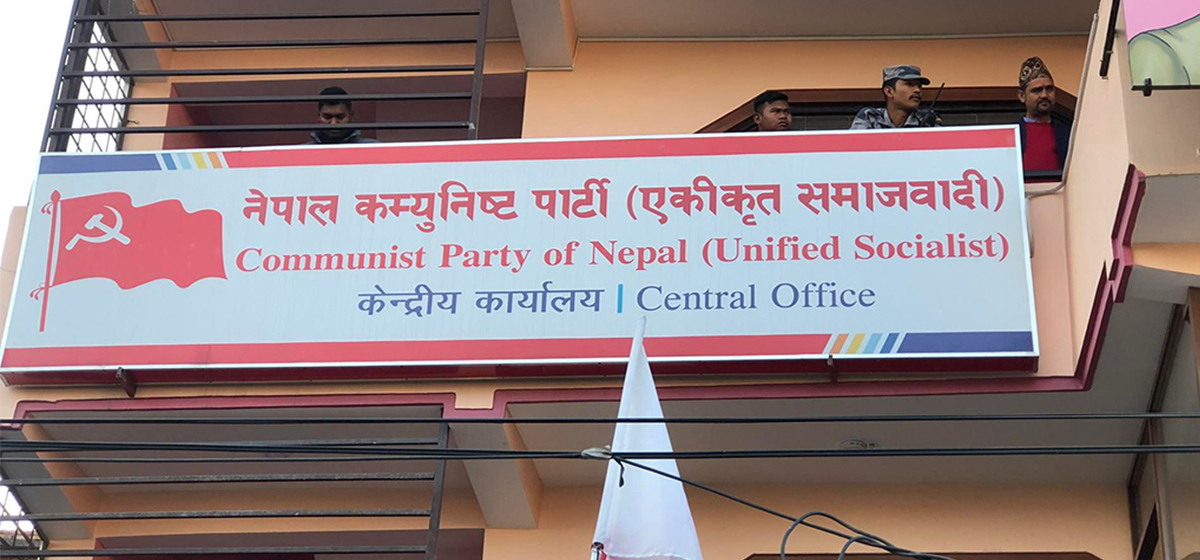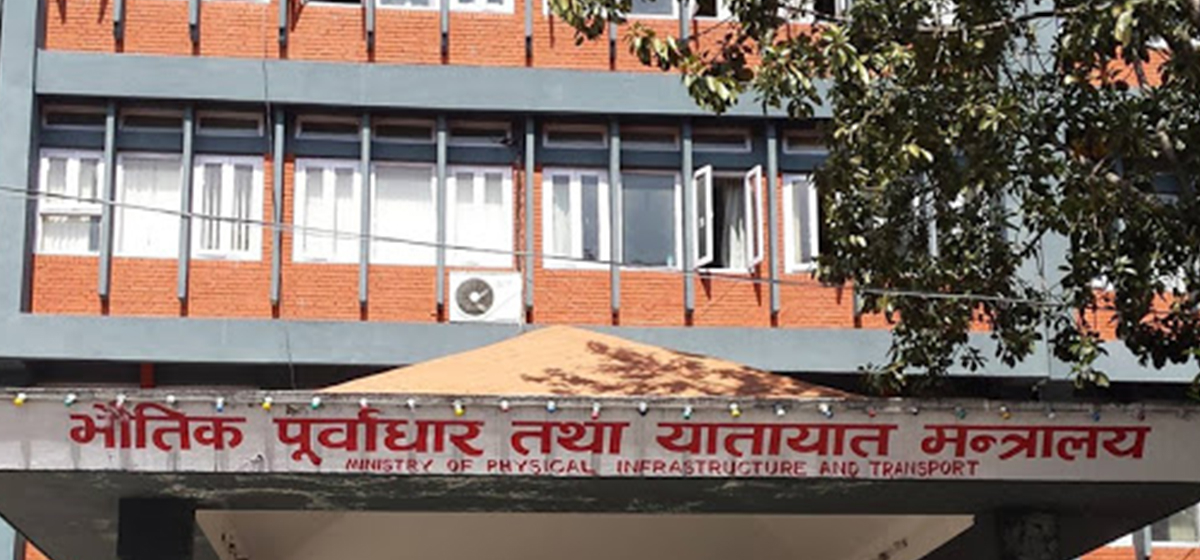
OR
Jagannath Lamichhane was 10 when he began having suicidal thoughts. “I couldn’t tell my parents that I was having suicidal thoughts or that I got scared for no reason,” he says. “Instead, I casually told them I had a headache or that my eyes hurt.”
His parents would take him to a general physician or an ophthalmologist. But there was no improvement. “I feel that at one point they somehow realized that I had a mental health problem,” he says.
Now a leading mental health rights activist in Nepal, he understands the precise reason his parents were reluctant to open up about his condition. The reason ties to what mental health patients, their families, health workers and rights activists agree is the biggest obstacle in fighting mental illnesses – social stigma.
“Social stigma around mental health runs so deep that for anyone to admit that he/she or his/her family member suffers from mental illness becomes something akin to facing the biggest possible disaster,” says Lamichhane. “It’s important to understand that illness – whatever it may be – does not discriminate. It’s the people, the society that attaches labels and discriminates people with mental illnesses.”
Unfortunately, social stigma stands against a grim backdrop of increasing instances of mental illnesses globally, including in Nepal.
“Rooting out the stigma is the most important step to address mental health issues,” says Dr Saroj Prasad Ojha, senior psychiatrist and Head of Department of Psychiatry and Mental Health at the Tribhuvan University Teaching Hospital (TUTH). “And the only way to do this is by educating people.”
But he adds that there have not been enough efforts from the government to educate the public. He also feels that it is equally important for the public to take initiatives to change their attitudes towards mental health. He points that if people were educated enough to embrace mental illnesses just as they do other physical illnesses, the current scenario of mental health would not be so bleak. Due to lack of awareness, though, most people think that mental illness only means severe mental disorder such as psychosis.
“But most mental illnesses are not serious and can be treated in a short time,” he explains. “This includes most cases of anxiety and depression. Only few mental health patients suffer from major illnesses like bipolar disorder, schizophrenia and psychosis.”
But stigma deters most patients from seeking treatment. Even when they seek help, services are not readily available. The irony is, explains the doctor, that when not addressed in their initial stages, these illnesses become severe, and this only furthers the stigma attached to mental illness.
Integration of mental health education in schools is another significant strategy that Dr Ojha strongly believes would be effective to fight stigma. “School curriculum should include various mental health issues including different kinds of mental illnesses and their causes so that children are aware about this grave health concern right from a small age,” he says. “Educating children on mental health can be significant way of protecting them from mental health problems like alcoholism, drugs and suicides.”
Dr Ojha also stresses the importance of national laws and policies with specific strategies to raise awareness on mental health problems. “Although the Nepal Mental Health Policy was formulated in 1996, it is still in the draft Act stage, and the government is yet to own it by transforming it into a legislation. So lack of its implementation is also one reason why stigma is still widespread throughout the county.”
Lamichhane, who is also the founding president of Nepal Mental Health Foundation, holds a stronger view with regard to this policy. He says that although it was a good policy approach two decades ago given the time’s socio-economic, cultural and political circumstances and people’s awareness, it is inadequate for the current times.
“Tremendous changes have occurred in the last twenty years. People’s socio-economic, cultural, political awareness have increased, and they are more open about mental health issues today,” he says. “It’s time this policy is replaced with a new legislature more attuned to the current times.”
He says that another drawback of the policy is that it upholds the medical model of disability and only considers providing treatment and curing the mentally ill. For him, a better and more useful approach is the rights-based approach that views mental illnesses within the framework of disability. “Just as people with physical disability have to live with their conditions all their lives, many with mental health issues have to cope with psychosocial disability their entire lives,” he adds.
“Ultimately, if people begin to view mental health problems as a form of disability this could help in breaking stigma attached to mental illnesses since disability is a term that seems to garner social acceptance easily,” concludes Lamichhane.
prawash gautam@gmail.com
You May Like This

Messi must deliver and France must fire in last 16 (with video)
KAZAN, June 30: Argentina and Lionel Messi need to find form fast if they are to go any further in the... Read More...

Breaking down the stigma of depression
When we get physically hurt, the wounds on our body reflect our condition and pain. The pain that we face... Read More...

Pop-culture news may help remove stigma around single mothers
Celebrity news reports over the past four decades may have contributed to the changing makeup of the traditional family and... Read More...
Just In
- CPN (Unified Socialist) to hold its Central Committee meeting on May 10-11
- Over 16,000 paragliding flights conducted in one year in Pokhara
- MoPIT prepares draft of National Road Safety Act, proposes rescue within an hour of an accident
- Light rainfall likely in hilly areas of Koshi, Bagmati, Gandaki and Karnali provinces
- Customs revenue collection surpasses target at Tatopani border, Falls behind at Rasuwagadhi border in Q3
- Rain shocks: On the monsoon in 2024
- Govt receives 1,658 proposals for startup loans; Minimum of 50 points required for eligibility
- Unified Socialist leader Sodari appointed Sudurpaschim CM



















Leave A Comment